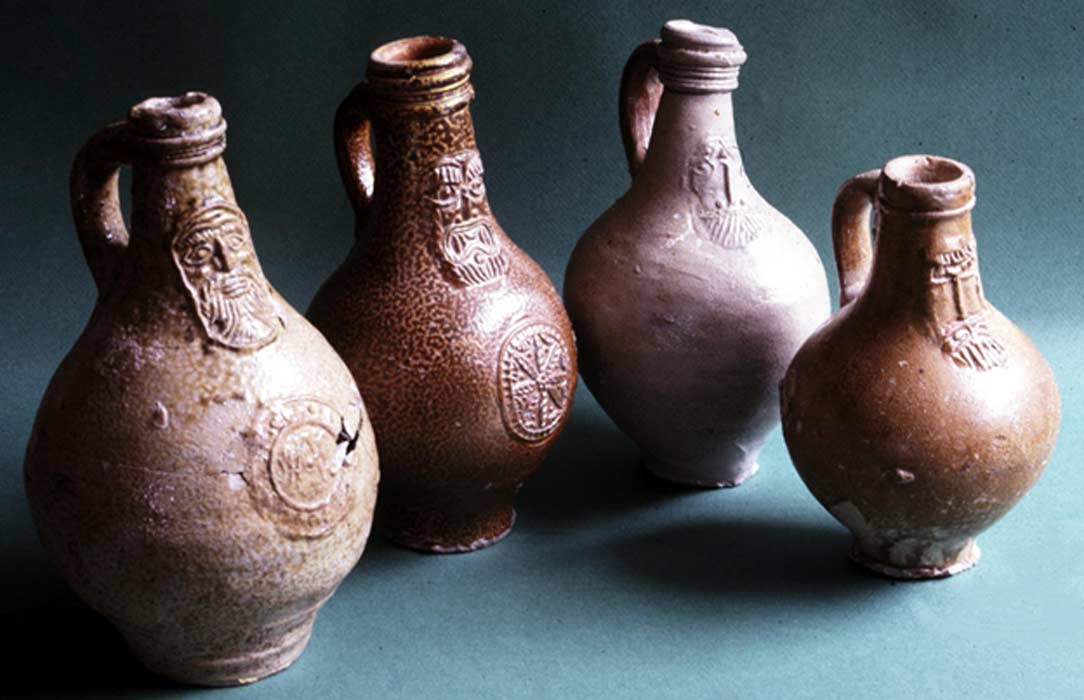Black Monday and the Aniseed Cat
Content warning: animal death

Spring is currently purging the remnants of an icy winter in the UK and all across the nation people are cracking choccy eggs and watching King of Kings on BBC2.
If you were in pre-18th century Leicester, Dane Hills specifically, you might be out on Easter Monday, or Black Monday, watching the mayor drag an aniseed-drenched cat corpse through the streets from the back of his horse.
The route of this morbid procession began at a cave and ended at the mayor’s door. The cave’s name gives a clue to why this springtime ritual began in the first place: Black Annis’ Bower.
Black Annis is a Leicester legend: a fanged crone with mottled blue skin, iron claws and a penchant for snatching children away through their windows, no doubt returning them to her cave for untold fiendish devilry. Annis joins the likes of Peg Powler, Nelly Longarms and Jenny Greenteeth as a warning from parents to their children to behave. In the case of Annis it was to not venture out after dark and probably to generally do as they were told. She could transform herself into the beastly Cat Anna, which explains the cat-bait drag hunt that continued up until the 18th century. Aniseed was generally used in drag hunting as a bait scent, but it offers a pun on the Annis name in this case. Cat Anna was likely a corruption of the name Black Annis and with referenced to Annis’ huge talons it’s no wonder she became known as a shapeshifter.
Various theories have been expounded about where Black Annis originated. Archaeologist and explorer T.C. Lethbridge believed she was derived from the Celtic goddess Danu, while others saw her as an amalgam of the Greek Demeter, the Indic Kali and the Irish Cailleach: devourer mother goddesses. Ronald Hutton dismisses these theories, positing that it’s more likely she was based on a late medieval anchoress called Agnes Scott who lived in a cave in solitude, dying in 1455. Along comes the Protestant Reformation and suddenly this Catholic cave-dweller becomes a figure of evil.
In the 19th century Annis became the classic Shakespearean witch who offered the following prophecy of King Richard III:
The boar that has silver hue/ The king’s return shall change to blue/ The stone that tomorrow his foot shall spurn/ Shall strike his head on his return.
Apparently King Richard stayed at the Silver Boar Inn before the Battle of Bosworth. Hitting his heel on a pillar, he tumbled over the Bow Bridge to his doom.

None of this happened, of course. In fact, it’s unlikely that anyone was referring to Black Annis prior to the 17th century, but the wonders of folklore have amalgamated tales to give a new narrative.
And as with all good folklore there’s no way to know the origin of Black Annis for certain. For some she’s the witch who predicted the death of a monarch, to others she’s a pagan goddess. What is known is ears still prick up if you mention the name Black Annis in Leicestershire.

